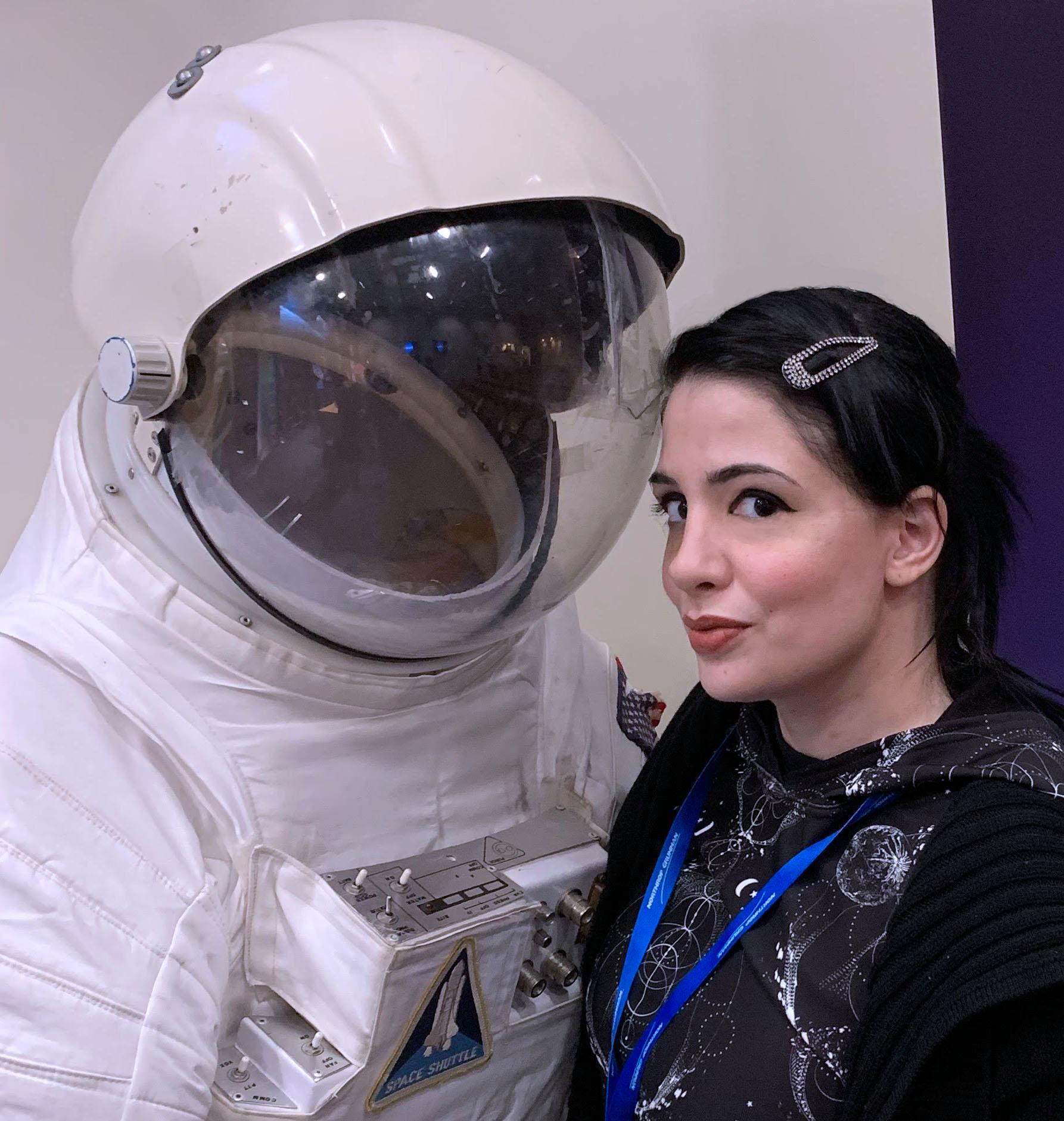Construction begins on NASA's NEO Surveyor asteroid-hunting telescope
The infrared space telescope will search for potentially threatening near-Earth objects.

After recently passing a critical test, NASA's Near-Earth Object (NEO) Surveyor — an infrared telescope that will search for potentially threatening asteroids — has entered the building phase.
NEO Surveyor is the successor to the space agency's Near-Earth Object Wide-field Infrared Survey Explorer (NEOWISE) mission, which discovered thousands of near-Earth objects and classified them as asteroids or comets. When NEO Surveyor launches, it will be the first mission to seek out multiple near-Earth asteroids at once. Some of its hardware and instruments are now being built so that the telescope can ultimately detect even faint asteroids.
"NEO Surveyor represents the next generation for NASA's ability to quickly detect, track, and characterize potentially hazardous near-Earth objects," Lindley Johnson, planetary defense officer for NASA's Planetary Defense Coordination Office, said in a statement.
Related: The greatest asteroid missions of all time!
The most important NEO Surveyor instruments that are now being developed are its hypersensitive infrared detectors, which will find distant asteroids that reflect thermal infrared. Earth's atmosphere blocks too much infrared radiation for telescopes on the ground to observe such objects. By orbiting in space, NEO Surveyor will have the advantage of being above the atmosphere, and its sunshield will block sunlight to allow the telescope to see objects coming from the direction of the sun. The detectors also will be able to make out asteroids' shapes, compositions and rotations.
NEO Surveyor's radiators and struts are also being built to protect its infrared detectors, which will need to be kept cooler than the spacecraft's electronics. The new radiators can cool passively, as opposed to previous radiators that needed to be constantly active, and still be just as effective at keeping instruments from overheating. The struts are made of material that does not conduct heat well, so they can divide the detectors from the rest of the spacecraft. This is critical because the sunshield will be especially hot from blocking sunlight.
Also in progress are NEO Surveyor's beam splitters (which split beams of light into a transmitted beam and a reflected beam), enclosure, electronics, and solid aluminum mirror.
Get the Space.com Newsletter
Breaking space news, the latest updates on rocket launches, skywatching events and more!
NEO Surveyor is the next level up in detecting asteroids that may be on a collision course with our planet. NASA's Double Asteroid Redirection Test (DART) mission proved that it is possible to push an incoming asteroid slightly out of its orbit, but mission control needs to be aware of it first. This is how NEO Surveyor and its successors could literally save Earth from the fate of the dinosaurs in the future.
NEO Surveyor is scheduled to launch in June 2028.
Follow us on Twitter @Spacedotcom and on Facebook.
Join our Space Forums to keep talking space on the latest missions, night sky and more! And if you have a news tip, correction or comment, let us know at: community@space.com.










